Published Jan 12, 2014
The Evolution of "Space Seed," Part 6
The Evolution of "Space Seed," Part 6
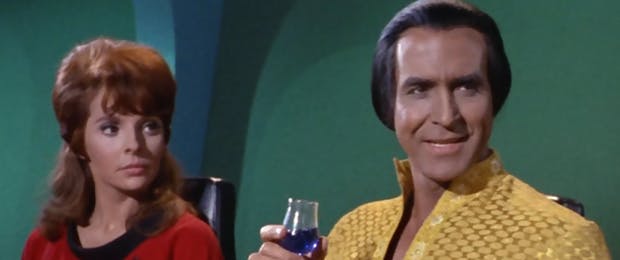
Please join us for our last chapter on the making of “Space Seed” as we discuss the amazingly talented artists who filmed the episode, a few deleted sequences and characters, and the legacy of the episode. Next article, we will return with an all new exploration of Star Trek’s sociological and historical context.
Filming for "Space Seed" began on December 15, 1966. There were a total of 120 scenes, and it took the crew and actors about 66 hours to film the entire 51 minute episode. The director was Marc Daniels, who had directed the first 18 episodes of I Love Lucy and had worked with Gene Roddenberry as a director on The Lieutenant episode “In the Highest Tradition,” which starred three future Star Trek actors, Gary Lockwood, Leonard Nimoy and Majel Barrett! Daniels directed 14 episodes of the original Star Trek and also contributed the script for the animated show “Once Upon a Planet.” As an inside joke, Daniels’ photograph was used as that of Jackson Roykirk, the creator of Nomad, in "The Changeling.”
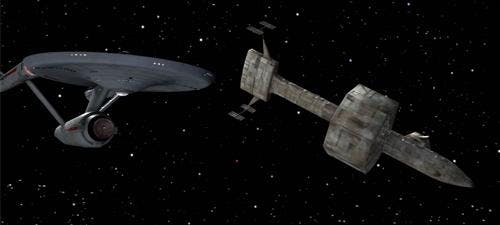
The episode was budgeted at $192,654, more than usual because of the added visuals, although ultimately the episode was produced for less money thanks to the watchful eye of Robert Justman. The new effects mostly were of sleeper ship the Botany Bay, originally classified as a CZ100 ship through almost all versions of the script, but eventually changed to DY100.
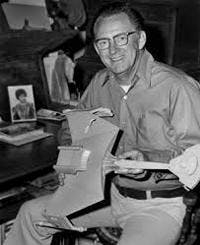
Not all the scenes filmed made it into the final episode. Most notably, there was a character named Yeoman Baker (a last-minute replacement for Yeoman Rand) who had a scene with Marla McGivers, helping to show that Marla was herself a woman out of time, and revealing something of 1960s gender ideas. Baker asks Marla at the start of scene, “Hey Marla, Hanson from the Physics Lab asked if you were coming to the Rec Room tonight…” to which Marla replies “Tell ‘Mister Afraid to Ask Me Himself’ that I’m waiting for a man who’ll break down my door and carry me to where he wants.”
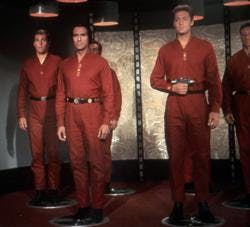
Also, fans familiar with the episode know that when Khan makes his move against the Enterprise, he first beams to the Botany Bay with Marla’s help to get his crew. In the episode as edited and aired, Khan greets his people on the Botany Bay, and the next sequence occurs on the bridge as the episode shows the effects of Khan taking over ship systems. In the filmed episode, we would have seen Khan and his people actually returning to the Enterprise in the transporter room. We never do see that, but luckily there is a photograph of this moment preserved on a Lincoln Enterprise slide fans could purchase during the 1970s.
One of the reasons we are fascinated as researchers and fans with the making of “Space Seed” is not only because of our admiration for the talented artists in front of and behind the scenes who made the episode, but also because of its legacy.
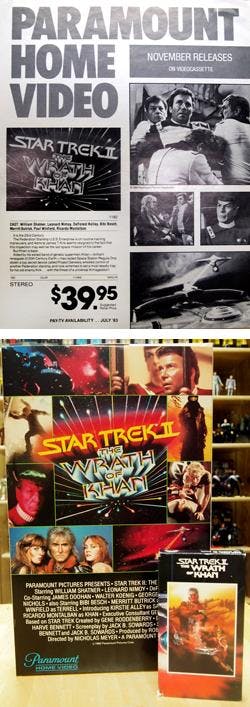
And of course, the character of Khan returned in one of 2013’s top ten movies of the year at U.S. box offices, Star Trek Into Darkness. The character’s inclusion speaks volumes about the inspiration of “Space Seed” and Star Trek II. The legacies of “Space Seed” and TWOK are undeniable.
Perhaps it was serendipity that during the preproduction of “Space Seed” Gene Roddenberry would receive a letter congratulating him on Star Trek being picked up for an entire season and its initially hopeful ratings. The letter dated October 5, 1966, located in the Gene Roddenberry archives at UCLA says, “Dear Gene and the rest of you hardworking people. Just heard the good news, and want you to know how proud and happy I am. Looks like you have a real hit on your hands, and we appreciate all your efforts.” The letter is signed Lucy. Lucille Ball, owner of Desilu Studios, which produced Star Trek, must have known that Star Trek was something rather special.
NEXT TIME: The role of hubris is Star Trek
___________________________________________
Maria Jose and John Tenuto are both sociology professors at the College of Lake County in Grayslake, Illinois, specializing in popular culture and subculture studies. The Tenutos have conducted extensive research on the history of Star Trek, and have presented at venues such as Creation Conventions and the St. Louis Science Center. They have written for the official Star Trek Magazine and their extensive collection of Star Trek items has been featured in SFX Magazine. Their theory about the “20-Year Nostalgia Cycle” and research on Star Trek fans has been featured on WGN News, BBC Radio, and in the documentary The Force Among Us. They recently researched all known paperwork from the making of the classic episode "Space Seed" and are excited to be sharing some previously unreported information about Khan's first adventure with fellow fans. Contact the Tenutos at jtenuto@clcillinois.edu or mjtenuto@clcillinois.edu
